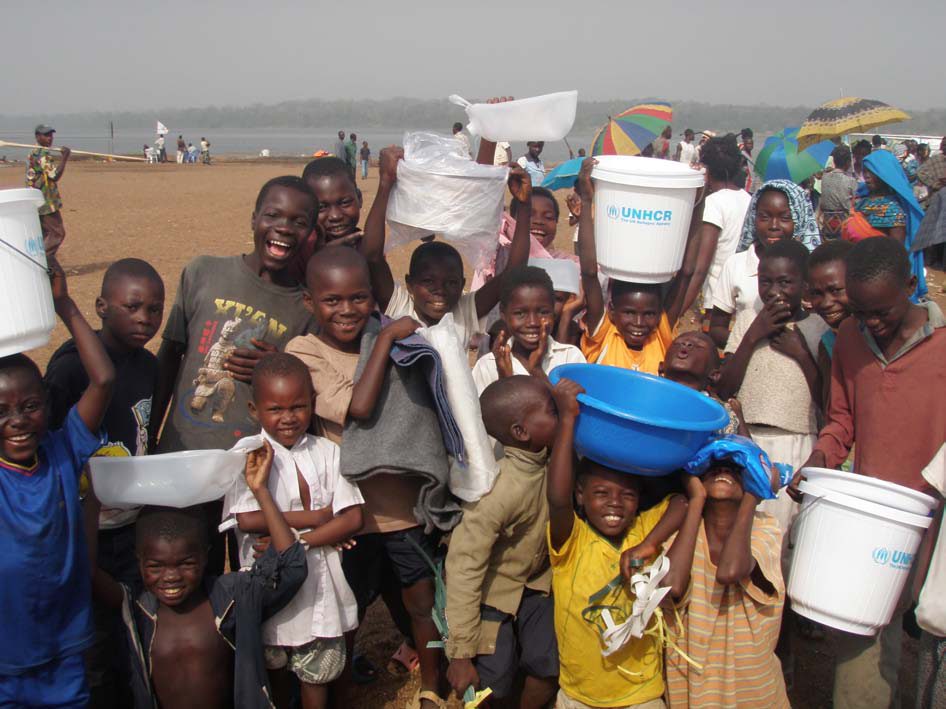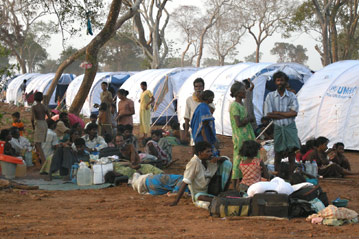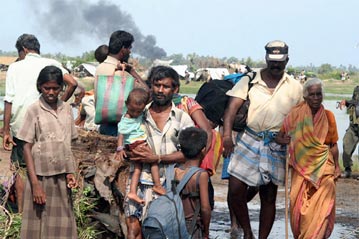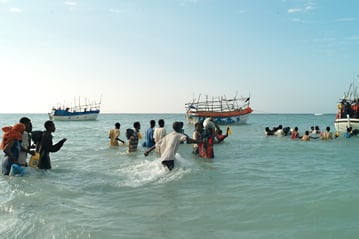Influx into Chad intensifies; some new arrivals wounded
Influx into Chad intensifies; some new arrivals wounded
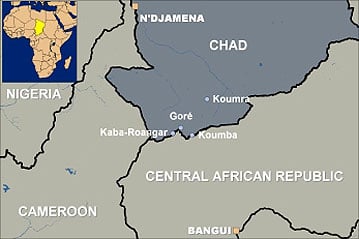
BANGUI, Central African Republic, Feb 24 (UNHCR) - An additional 15,000 Central African refugees and returning Chadians, some of them wounded, have fled to southern Chad in the last four days amid raging fighting between government and rebel forces in western Central African Republic (CAR).
The number of Central African refugees and returning Chadians coming through Chad's south-western border has climbed to an average of 1,000 a day since last Wednesday - up from 500 a day a week ago. The increased influx now brings the total number of refugees and returning Chadians around towns and border villages to an estimated 21,000 people.
"The daily average is now 1,000 but on February 19, 5,000 people arrived at one go," said Elike Segbor, UNHCR's Representative for the Central African Republic and Chad, who is currently in the CAR capital of Bangui.
The medical non-governmental organisation (NGO), MSF-Belgium, say some of those arriving in Chad over the last four days have bullet wounds. The NGO, which has opened a transit centre to shelter some of the new arrivals in the south-western border town of Goré, is also providing emergency medical assistance to the wounded.
Many of the new arrivals are returning Chadians who have lived in CAR as immigrants for decades. They say they are being targeted in this latest round of conflict. There are comparatively smaller numbers of Central Africans among those fleeing the escalation of fighting between government and rebel forces around the towns of Bozoum, Paoua and Bossangoa in western CAR.
Early last week, a UNHCR fact-finding mission to southern Chad estimated that there were some 3,500 Central African refugees and 2,700 returning Chadian immigrants in Goré and in several border villages in Koumba, some 65 km south-east of Goré. MSF-Belgium estimates that this figure has more than trebled in the last four days.
UNHCR's Segbor said people were coming through the border on foot. Many had walked from towns as far south from the border as Bozoum, some 200 km away. He added that the latest arrivals were probably part of a large group that had been reported to be on the way by other refugees already in Goré. The new arrivals are using two main entry points - Kaba-Roangar (south of the town of Goré) and Sido (south of the town of Sarh).
Meanwhile, the UN refugee agency is making arrangements to re-establish a presence in Chad following the closure of its office there more than a year ago. This morning, a staff member attached to the Chadian government's National Refugee Committee (NRC) was sent from the capital, Ndjamena, to the southern border areas to continue monitoring the situation and to help with preparations to transport Chadian nationals to their areas of origin, mainly in the Salamat prefecture, south-eastern Chad.
UNHCR is also preparing to deploy an emergency team consisting of a site-planner, legal personnel and field staff who are expected to establish a new camp for the Central African refugees.

